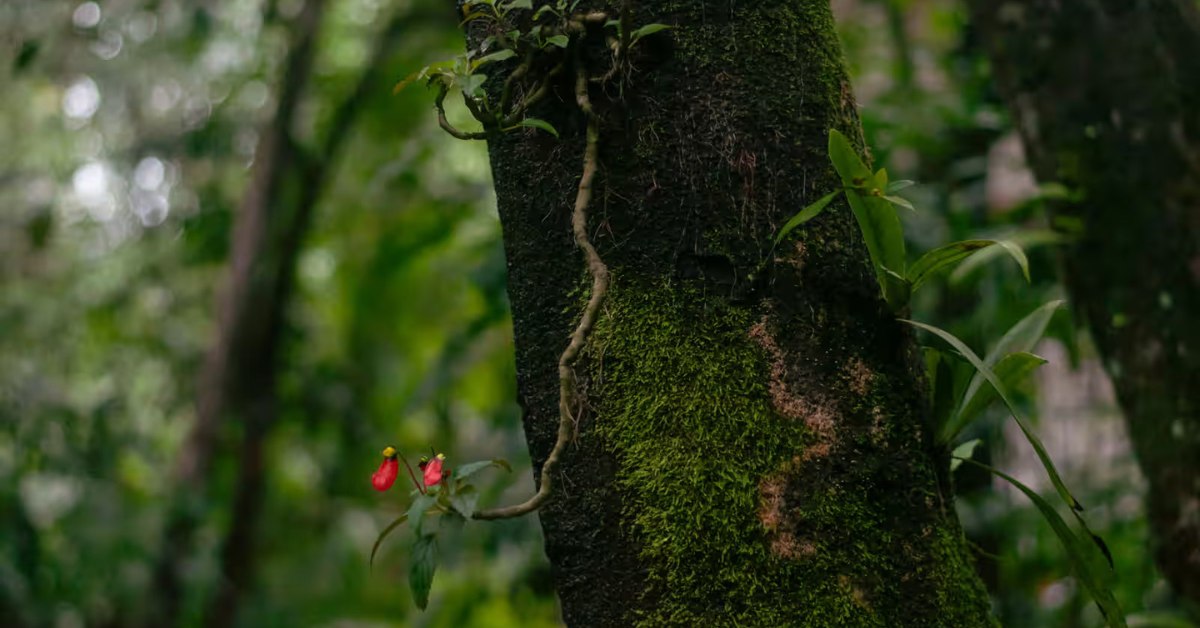M. crinitus, lineatus & naevius These three species share much in common with M. abditus, including a propensity for shallow-water coastal reefs. Were it not for their common presence in Melanesia, it would be easy to presume these two formed a single group. But in light of their broad sympatry, as well as the distinct white crossmarks of abditus, I have chosen to treat these as separate clades. Specimens are rarely available in the aquarium hobby, making these some of the rarest fishes to be had.
These three species share much in common with M. abditus, including a propensity for shallow-water coastal reefs. Were it not for their common presence in Melanesia, it would be easy to presume these two formed a single group. But in light of their broad sympatry, as well as the distinct white crossmarks of abditus, I have chosen to treat these as separate clades. Specimens are rarely available in the aquarium hobby, making these some of the rarest fishes to be had.
The most distinctive member is the Australian M. lineatus, which differs in the alternating black and yellow stripes, as well as the black stripe running along the dorsal fin. It is only known from the Great Barrier Reef, though it seems likely it would occur in regions like New Caledonia and Vanuatu. For such a colorful fish from such a well-dived location, there are shockingly few photographs depicting it. The species is reported from lagoons and seaward reefs to a depth of 18 meters, which makes it all the more puzzling that so little documentation exists. This is also the only species in its group which has been collected for aquarists, but even this has occurred only rarely. Information regarding such aquarium specimens is essentially non-existent outside of some Japanese magazines.

M. crinitus from Raja Ampats, Indonesia. Note the apparently sexual differences of the dorsal fin stripe. Credit: Gerry Allen & Ned DeLoach/blennywatcher.com
Moving north into New Guinea and the Solomon Islands, we find M. crinitus, which differs most noticeably in its black and white striping. Known photographs of live specimens show variation in the presence of a stripe in the dorsal fin. The species description discussed large males possessing abditus-like exaggeration to the caudal fin, though existing photographs show little evidence of this. Clearly, there is a great deal of ontogenetic variation which takes place in crinitus. Perhaps the most salient identifying trait is the thinning of the stripes in the caudal peduncle. The lowermost stripe becomes broken, leaving a small black dot posteriorly, like a piscine exclamation point.

Holotype (and only) specimen of M. naevius. Note the pattern of the caudal peduncle. Credit: Smith-Vaniz, 1987
Finally, a single specimen collected at Western Australia in a shallow-water (3-6 meter) fish trap was described as M.… More:
The post The Biogeography and Evolution of Meiacanthus: Part 7 appeared first on Reefs.com.













